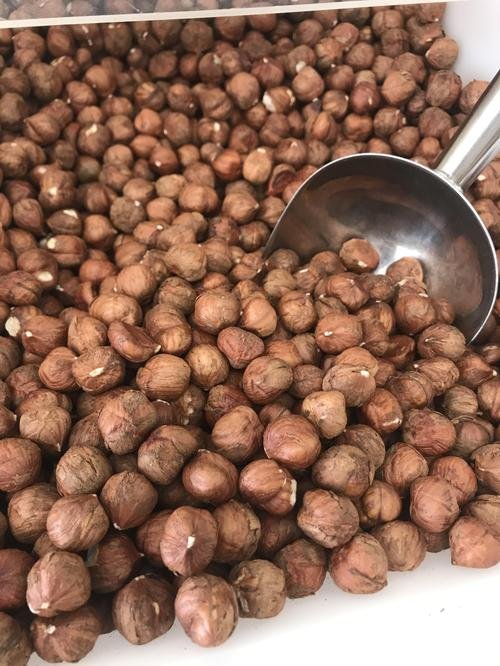Vitamin E
Summary
Vitamin E (FatSol) [DV ~ 24mg / 600IU] {Half Life = 2 Days} Important for vision, reproduction, and the health of your blood, brain and skin. Vitamin E also has antioxidant properties that might protect your cells against the effects of free radicals — molecules produced when your body breaks down food or is exposed to tobacco smoke and radiation. Free radicals might play a role in heart disease, cancer and other diseases.
Vitamin E can be harmful in excessive amounts [>800mg/day].
Vitamin E is a fat-soluble nutrient crucial for maintaining overall health. It encompasses a group of compounds, including tocopherols and tocotrienols, with alpha-tocopherol being the most biologically active form in humans. Known for its potent antioxidant properties, vitamin E plays a vital role in protecting cells from oxidative damage, supporting immune function, and contributing to skin health.
Antioxidant Powerhouse
As an antioxidant, vitamin E neutralizes free radicals—unstable molecules that can damage cells and contribute to aging and various diseases, including cancer and heart disease. By scavenging these free radicals, vitamin E helps to prevent oxidative stress, which can lead to chronic inflammation and tissue damage. This protective effect is particularly important for maintaining the integrity of cell membranes, proteins, and DNA.
Immune Support
Vitamin E also supports the immune system by enhancing the function of T cells, a type of white blood cell that plays a critical role in the body's defense against pathogens. Adequate levels of vitamin E are essential for maintaining a robust immune response, especially in older adults, who may experience a natural decline in immune function.
Skin Health
The benefits of vitamin E extend to skin health. Its antioxidant properties help protect the skin from damage caused by ultraviolet (UV) rays and other environmental stressors. Vitamin E is commonly found in skincare products due to its ability to improve skin hydration, reduce inflammation, and promote healing of damaged skin. It also helps to maintain the skin’s barrier function, which is crucial for keeping it hydrated and protected from external irritants.
Dietary Sources
Vitamin E is found in a variety of foods, making it relatively easy to include in a balanced diet. Rich dietary sources of vitamin E include:
Nuts and Seeds: Almonds, sunflower seeds, and hazelnuts are excellent sources.
Vegetable Oils: Sunflower, safflower, and wheat germ oil contain high levels of vitamin E.
Green Leafy Vegetables: Spinach, broccoli, and kale provide significant amounts.
Fortified Foods: Many cereals and juices are fortified with vitamin E.
Supplementation and Dosage
While a balanced diet typically provides sufficient vitamin E, supplements are available for those who may need additional intake, such as individuals with certain medical conditions or those with diets low in fat. The Recommended Dietary Allowance (RDA) for vitamin E varies by age, sex, and life stage, with adults generally needing about 15 milligrams (22.4 IU) per day. It is important to note that excessive intake of vitamin E from supplements can lead to adverse effects, including an increased risk of bleeding, due to its blood-thinning properties.
Vitamin E is a crucial nutrient with diverse roles in maintaining health and preventing disease. Its powerful antioxidant properties protect cells from damage, support immune function, and contribute to healthy skin. By including a variety of vitamin E-rich foods in the diet, individuals can ensure they meet their nutritional needs and enjoy the wide-ranging benefits of this essential nutrient. For those considering supplements, it is advisable to consult with a healthcare provider to determine the appropriate dosage and to avoid potential side effects associated with high intake.
High Vitamin E Foods (from highest to lowest, per 100 grams)
Sunflower Seeds (35mg)
Almonds (25.6mg)
Hazelnuts (16mg)
Extra Virgin Olive Oil (15mg)
Tomatos (11mg)
Pine Nuts (9.3mg)
Peanuts (6mg)
Cashews (5.8mg)
Brazil Nuts (5.7mg)
Pistachios (2.9mg)
Ghee (2.8mg)
Spinach (2.4mg)
Broccoli (2.2mg)
Trout (2.2mg)
Avocados (2.1mg)
Eggs [Pasture Raised] (2mg)
Butter [Grass Fed] (2mg)
Salmon [Wild Caught] (1.1mg)
References
Crichton-Stuart, C. (2023, June 26). What are the symptoms of low vitamin E? https://www.medicalnewstoday.com/articles/321800
Healthdirect Australia. (n.d.). Vitamin E and your health. Healthdirect. https://www.healthdirect.gov.au/vitamin-e-and-your-health#:~:text=Vitamin%20E%20is%20the%20name,your%20diet%20to%20stay%20healthy.
Vitamin E. (2024, May 9). The Nutrition Source. https://nutritionsource.hsph.harvard.edu/vitamin-e/
Vitamin E and skin health. (2024, January 2). Linus Pauling Institute. https://lpi.oregonstate.edu/mic/health-disease/skin-health/vitamin-E
Website, N. (2021, November 18). Vitamin E. nhs.uk. https://www.nhs.uk/conditions/vitamins-and-minerals/vitamin-e/




















